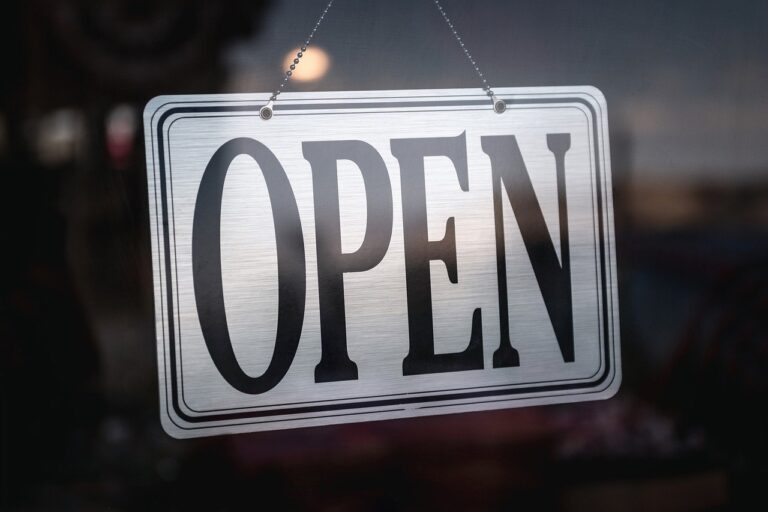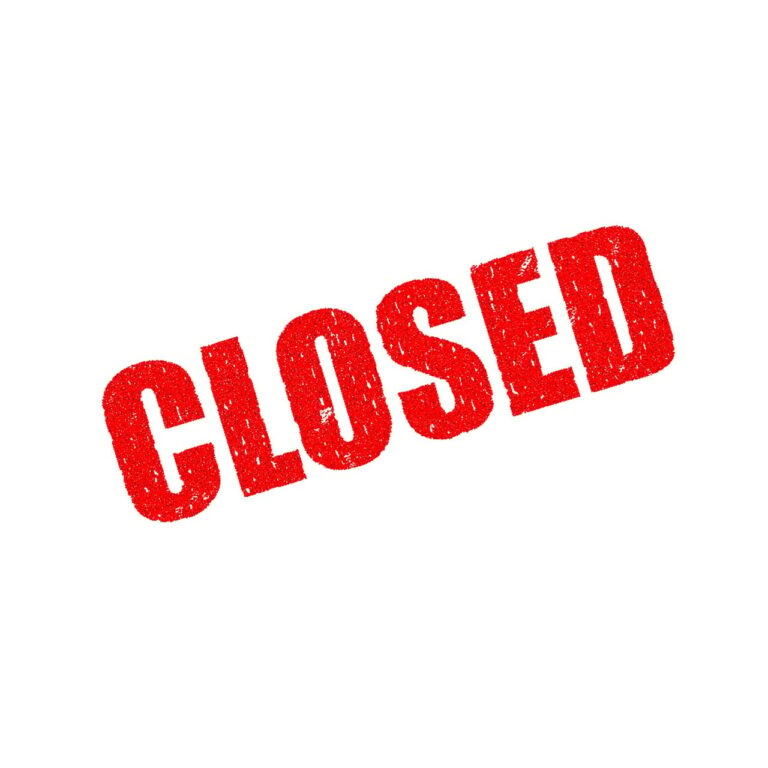Weekly Fiscal Facts are provided to Wisconsin Newspaper Association members by the Wisconsin Policy Forum, the state’s leading resource for nonpartisan state and local government research and civic education. The Wisconsin Policy Forum logo can be downloaded here.
Less than half of graduates from public high schools in Milwaukee are enrolling in college immediately after high school, and only one-third of college students in the region are graduating within the expected time frame.
Data on public school students in Milwaukee, including district and charter schools, show a “leaky” postsecondary pipeline that is losing students at key stages, from high school completion to college enrollment and graduation.
Various programs operating in the city hope to reverse this trend. A recent Wisconsin Policy Forum report found that some youth are likely underserved by existing offerings, and ensuring greater coordination and a closer alignment between programs and student needs could help more Milwaukee students to enroll in and graduate from a postsecondary institution. Data analyzed for this report show:
- Rates at which public school students in Milwaukee completed high school within four years increased from 63.5% in 2017 to 70% in 2019. Unfortunately, this progress was largely erased by the COVID-19 pandemic, as completion rates dipped back to 64.1% in 2021.
- Even as students completed high school at increasingly higher rates prior to the pandemic, postsecondary education enrollment rates dropped every year from 2017 to 2020 – from 48.5% in 2017 to 36.1% in 2020.
- The data suggest that the steady pre-pandemic decline in postsecondary enrollment from 2017 to 2019 is at least partially due to more students – especially Black, Hispanic, and economically disadvantaged students – graduating from high school but not enrolling at a postsecondary institution the following fall.
- The regional picture remains sobering once students arrive at college: in data released by the Southeast Wisconsin Higher Education Regional Alliance (HERA), no student group achieved an on-time completion rate above 50%. Although the data do show recent improvements, students enrolled in degree or certificate programs of fewer than four years, Pell Grant recipients, male students, Black students, and Hispanic students still experience the lowest rates of degree completion.
These low and persistently disparate college completion rates are particularly concerning given the region’s expected growth in occupations requiring a college degree, as well as the material difference in median earnings between those with and without postsecondary degrees.
To increase access to postsecondary readiness programming for all Milwaukee youth, as well as the value of that programming, the report suggests that stakeholders work to minimize competition in student recruitment and diversify recruitment efforts; address frequently unmet student needs such as financial literacy and mental health to remove barriers to success; and increase collaboration among providers.
None of these actions, on their own, will fully plug the holes of Milwaukee’s “leaky pipeline.” Still, we hope it provides insight and an invitation for reflection and improvement for postsecondary readiness providers, their funders, and the students who depend upon them.
This information is provided to Wisconsin Newspaper Association members as a service of the Wisconsin Policy Forum, the state’s leading resource for nonpartisan state and local government research and civic education. Learn more at wispolicyforum.org.



